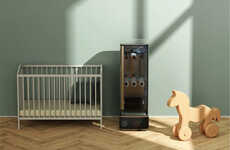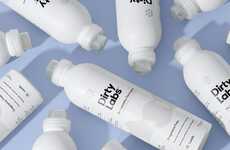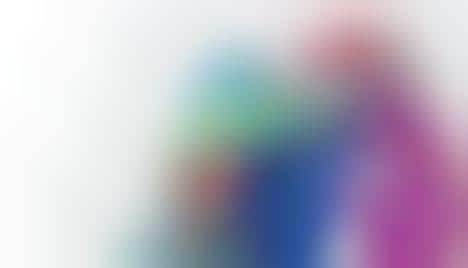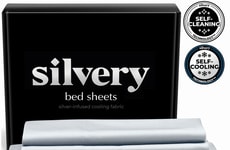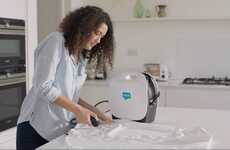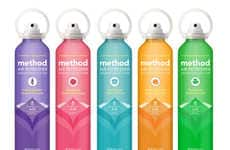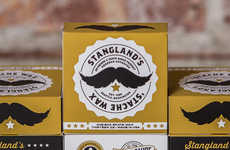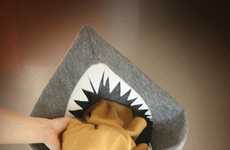
Researchers at UC Davis Have Successfully Invented Self-Cleaning Clothes
Omar Yusuf — October 4, 2011 — Eco
The world of laundry hasn't seen real innovation for a long time, until the announcement by material chemists at UC Davis that they had completed research on self-cleaning clothes. That's right, the fibres of your clothing will autonomously kill the nasty bacteria and toxins that make you smell!
So how precisely will this miracle development work? The basis of self-cleaning clothes lies with a compound known as 2-anthraquinone carboxylic acid (2-AQC) which blends into cotton clothing and stays there even when exposed to water. After approximately an hour's worth of sunlight exposure, the compound begins to react and gets to work on the nasty antigens hiding in your 5-year-old Metallica shirt. Unfortunately, these self-cleaning clothes aren't capable of ridding themselves of wine, sweat or grass stains. Their application, however, would be incredibly valuable in the medical and military fields, where EMTs and infantrymen are exposed to foreign blood, bile and plasma.
So how precisely will this miracle development work? The basis of self-cleaning clothes lies with a compound known as 2-anthraquinone carboxylic acid (2-AQC) which blends into cotton clothing and stays there even when exposed to water. After approximately an hour's worth of sunlight exposure, the compound begins to react and gets to work on the nasty antigens hiding in your 5-year-old Metallica shirt. Unfortunately, these self-cleaning clothes aren't capable of ridding themselves of wine, sweat or grass stains. Their application, however, would be incredibly valuable in the medical and military fields, where EMTs and infantrymen are exposed to foreign blood, bile and plasma.
Trend Themes
1. Self-cleaning Clothes - The innovation of self-cleaning clothes presents opportunities for disruptive solutions in the fashion and textile industry.
2. 2-AQC Compound - The discovery and application of the 2-anthraquinone carboxylic acid (2-AQC) compound opens doors for disruptive innovation in material science and chemistry.
3. Antimicrobial Fabric - The development of antimicrobial fabrics introduces disruptive possibilities in the healthcare and protective clothing sectors.
Industry Implications
1. Fashion and Textile Industry - The self-cleaning clothes trend offers disruptive innovation opportunities in the fashion and textile industry, transforming the way clothing is perceived and maintained.
2. Material Science and Chemistry - The exploration of the 2-AQC compound in self-cleaning clothes creates opportunities for disruptive advancements in the fields of material science and chemistry.
3. Healthcare and Protective Clothing - The use of antimicrobial fabrics in self-cleaning clothes could lead to disruptive innovation in the healthcare and protective clothing industries, improving hygiene and safety standards.
1.8
Score
Popularity
Activity
Freshness


